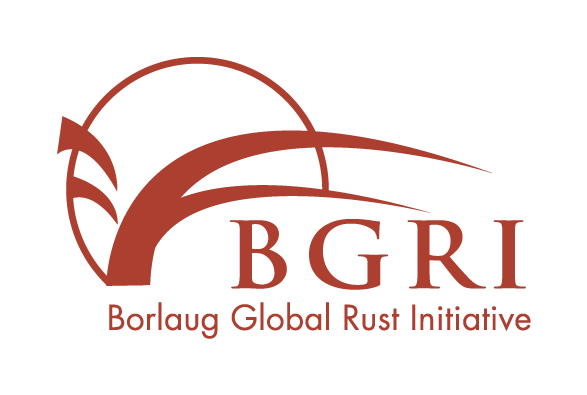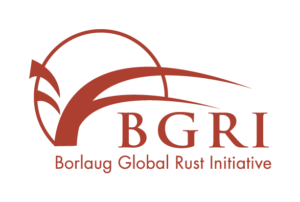Background: Wheat is affected by many diseases. For commercially successful varieties at least moderate level resistance to important diseases like yellow rust, leaf rust and stem rust are indispensable. This study is part of the Horizon 2020 RustWatch project to evaluate the susceptibility of commercially grown varieties and breeding lines to novel stem rust races. For this, paralleled facilities with natural as well as artificial inoculation has been established, enabling accelerated breeding of rust resistant varieties. In addition, intense monitoring of present rust races increases the breeding precision.
Research findings: In this study, more than 250 winter wheat varieties and breeding lines from 11 countries were tested for susceptibility to novel races of stem rust under field conditions. The field nurseries were conducted in Germany (JKI) and Italy (AS.A.R) according to a common protocol. The field nurseries were inoculated with current rust races (JKI) while at the location in Sicily naturally occurring stem rust was assessed. The results were analysed using the Field Nursery Data Management System.
The disease pressure was calculated as mean disease severity across all varieties tested in all environments (locations x years). It was high enough for stem rusts in both environments enabling a good differentiation between the varieties. That means high correlations were observed in trials inoculated with stem rust, but also those with natural infections.
The proportion of varieties with low susceptibility to stem rust was only 15%. A few of those winter wheat varieties showed low susceptibility to all three rust diseases. The resistance of these varieties is currently being characterised in more detail. Marker analysis showed that stem rust resistance is narrow and relies mainly on the two genes Sr24 and Sr31. The former dominant resistance gene Sr38 is widespread among European wheat varieties.
Pathogen surveillance demonstrated that stem rust populations in Sicily and Germany overlap but differentiate clearly in terms of number of different races and by the virulence profiles. The paralleled field nurseries allow to capture this diversity and to challenge wheat varieties with the best representation of European stem rust.
Conclusions: According to our current state of knowledge, it will be useful in the future to evaluate new material at locations with high disease pressure based on different pathogen populations together with a standard set of wheat varieties with defined resistance genes. Such rust resistance network based on precise knowledge about present rust races will orientate breeding efficiently to achieve progenies with even multiple rust resistances.





